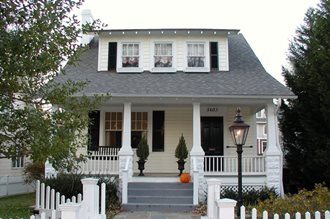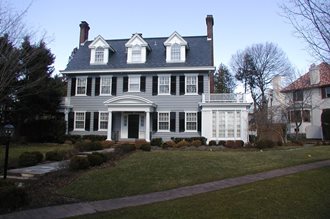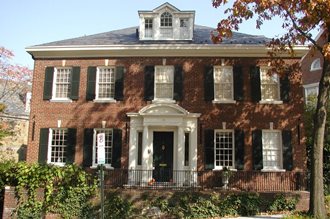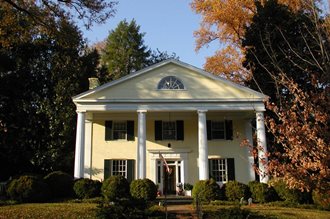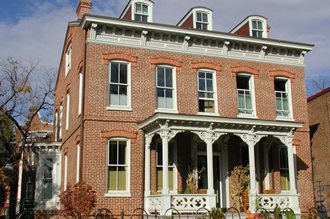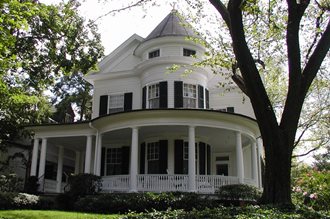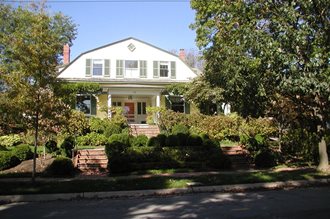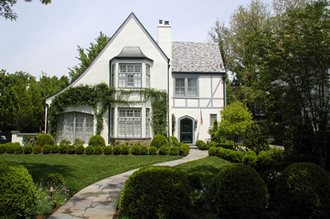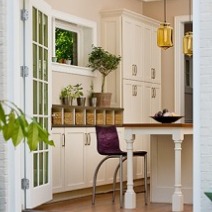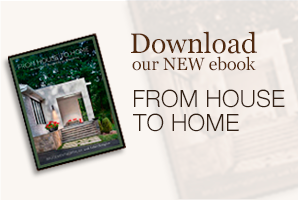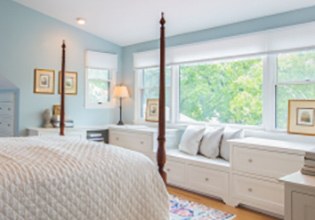What Is the Architectural Style of Your Home?
“What is the architectural style of my home?” This is an important question not only for when you need to remodel but also for plain curiosity and knowledge. We often have homeowners contact us, wanting to identify the style of their house. There are many different architectural styles (and many variations of these styles), but this blog post identifies a few key distinguishing characteristics of each one.
Identifying the Style of a House
Below are the primary architectural styles—not just here in the Washington, DC area but across the country—and common characteristics.
American Bungalow
- Front porch
- Low sloping gable roof
- Clapboard siding
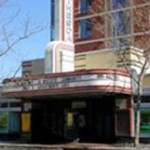

Art Deco
- Rectangular blocky forms arranged in geometric fashion, broken up by curved ornamental elements
- Decorative pieces—parapets, spires, elaborate pilasters and pediments in doorways
Colonial Revival
- Detached two-story home with center hall
- Simple, gabled roof
- Clapboard and/or shingle siding
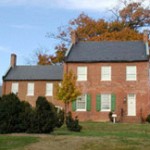
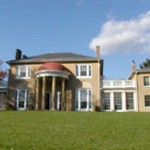
Federal/Adam
- Simple, often with design elements that are understated
- Geometrical fashion—elliptical, circular, and fan-shaped motifs formed by fluted radiating lines
Georgian
- Renaissance-inspired designs (such as rigid symmetry in window and door placement)
- Entrances with pediments, arched tops, and ogee caps
Greek Revival
- Columns and pilasters
- Detail elements like cornices, gables, pediments, and unadorned friezes
Italianate
- Wide projecting cornices with brackets
- Richly ornamented windows (often arched or curved), porches, and doorways
Queen Anne
- Elaborate motifs on gables and other flat surfaces, like dormers, gables, turrets or towers on roofs
- Eclecticism, asymmetry, and contrast—variety of materials and design elements
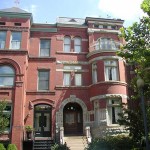
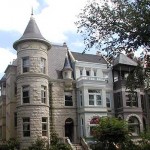
Richardsonian Romanesque
- Intricacy, with unusual and sculpted shapes
- Solid masonry stone work, often mixed with brick
- Wide-rounded arches, especially around windows and doors
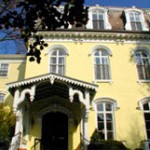
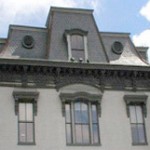
Second Empire
- Ornate elements and decorative details—like iron cresting on the roof, heavily bracketed cornices, quoins, and balustrades
- Towers
Shingle
- Cedar shingles
- Numerous windows
- De-emphasis on applied decoration and detailing
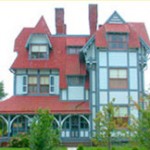
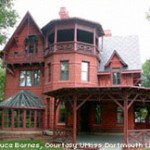
Stick
- Asymmetrical composition
- Verticality and angularity
- Covered porch
Tudor
- Decorative half-timbering—exposed wood framework on masonry or stucco
- Steeply pitched gable roofs and elaborate masonry chimneys (often with chimney pots)
- Embellished doorways and groupings of windows
Resources
Wentworth has a website, AsktheArchitect.org, that is all about the different historic styles! There are pages about each style as well as galleries and informative articles. This website is a good resource on classic and modern architecture. We also recommend the book A Field Guide to American Houses: The Definitive Guide to Identifying and Understanding America’s Domestic Architecture by Virginia Savage McAlester (the new 2013 edition). It’s a great book for anyone looking to educate themselves on different styles of architecture and learn distinguishing factors of each.
Home Remodeling in Washington, DC, Maryland & Northern Virginia
If you want to remodel your home, it can be helpful to know the architectural style (or talk to a professional) to ensure a renovation that is seamless and complementary. When you’re ready to discuss your project, contact the award-winning team at Wentworth!
Stick style photo courtesy: University of Massachusetts Dartmouth- Claire T. Carney Library


